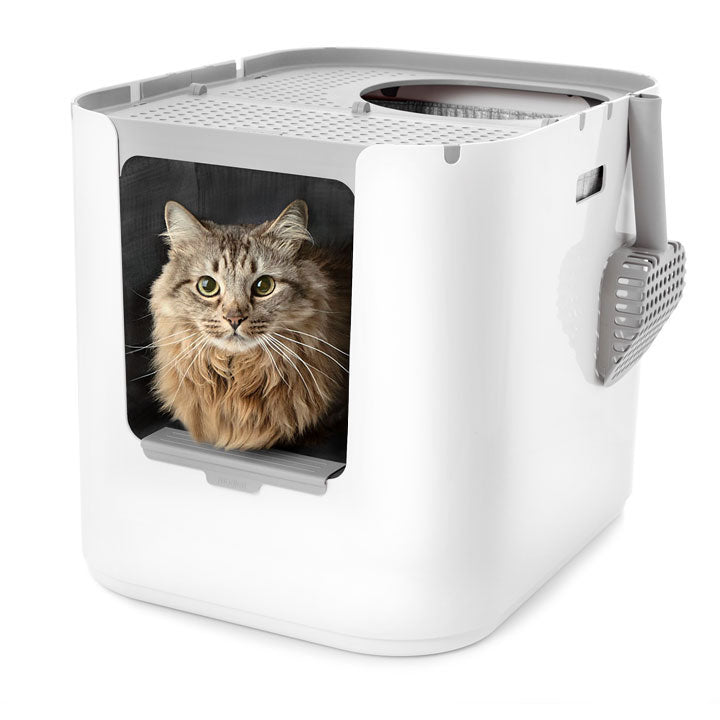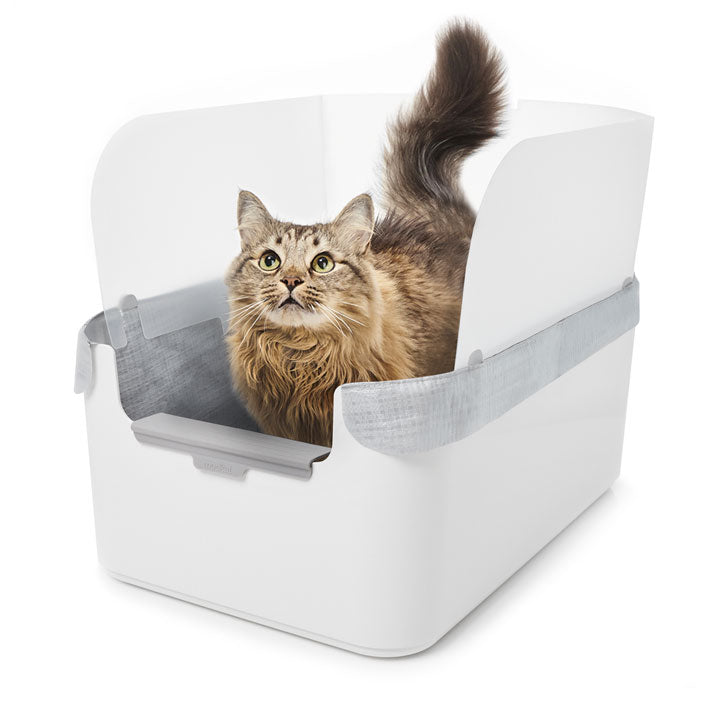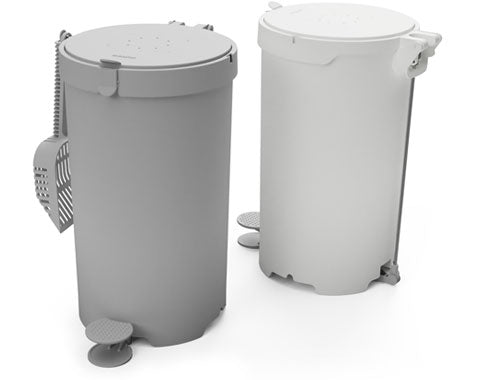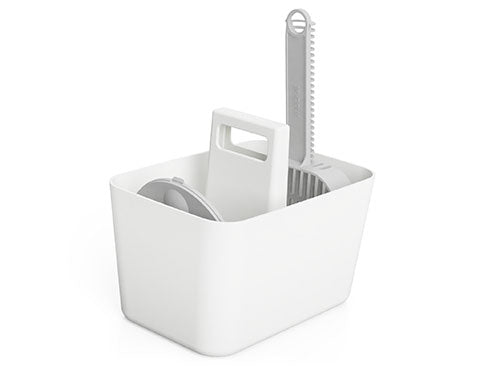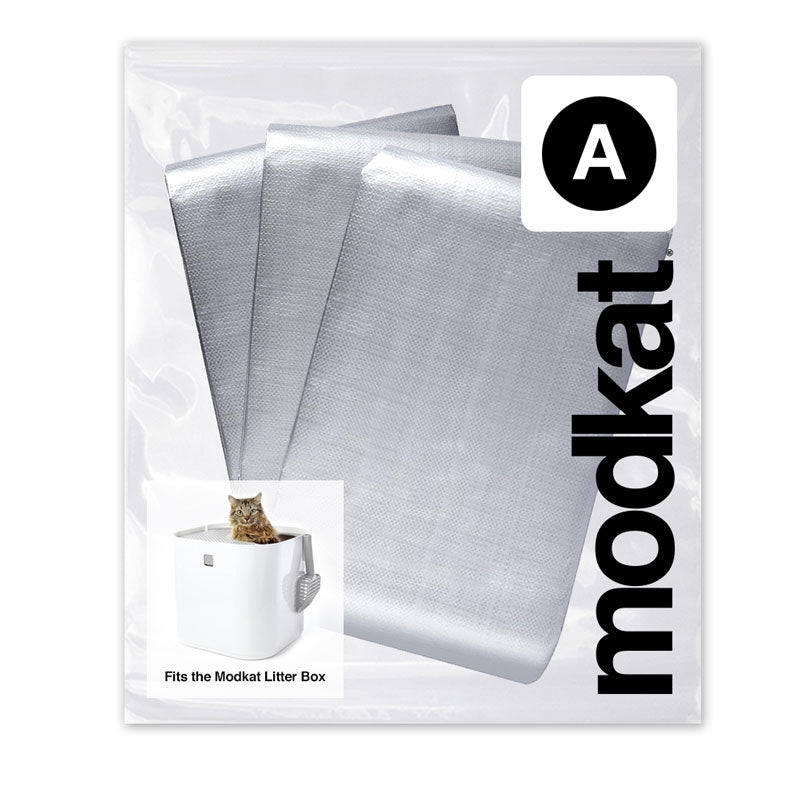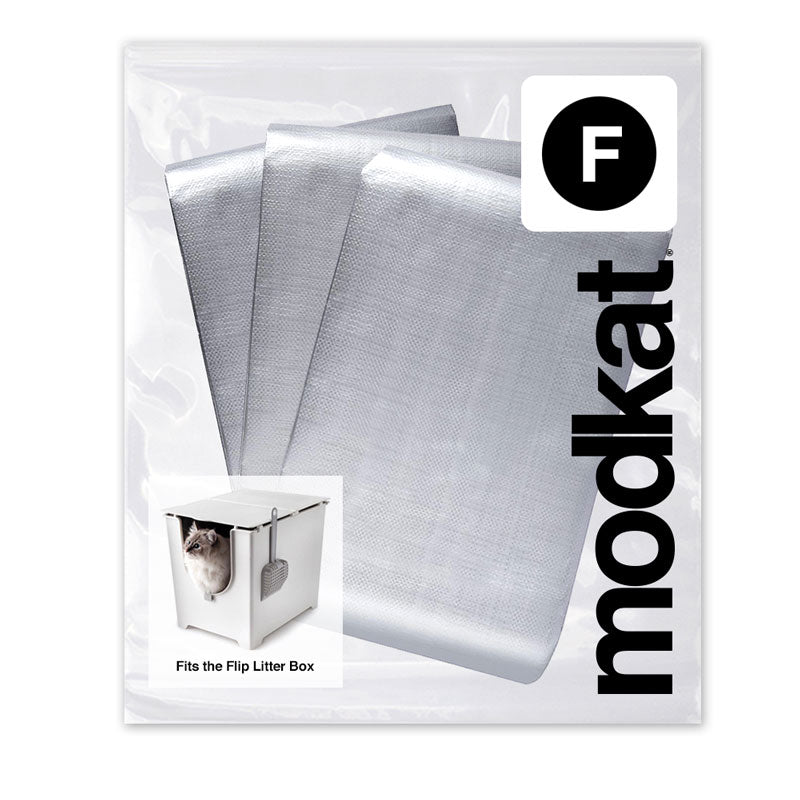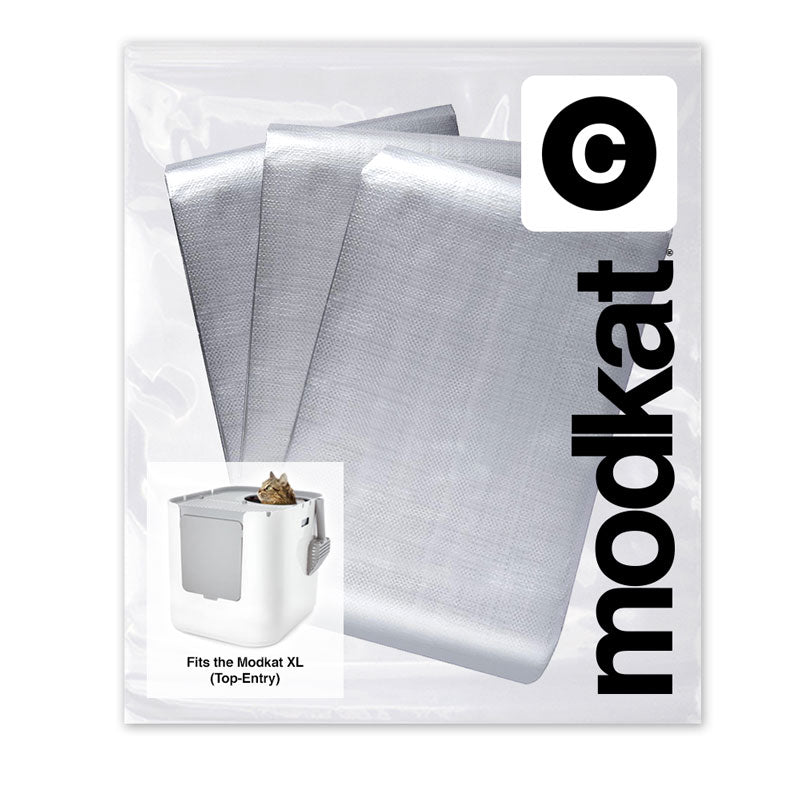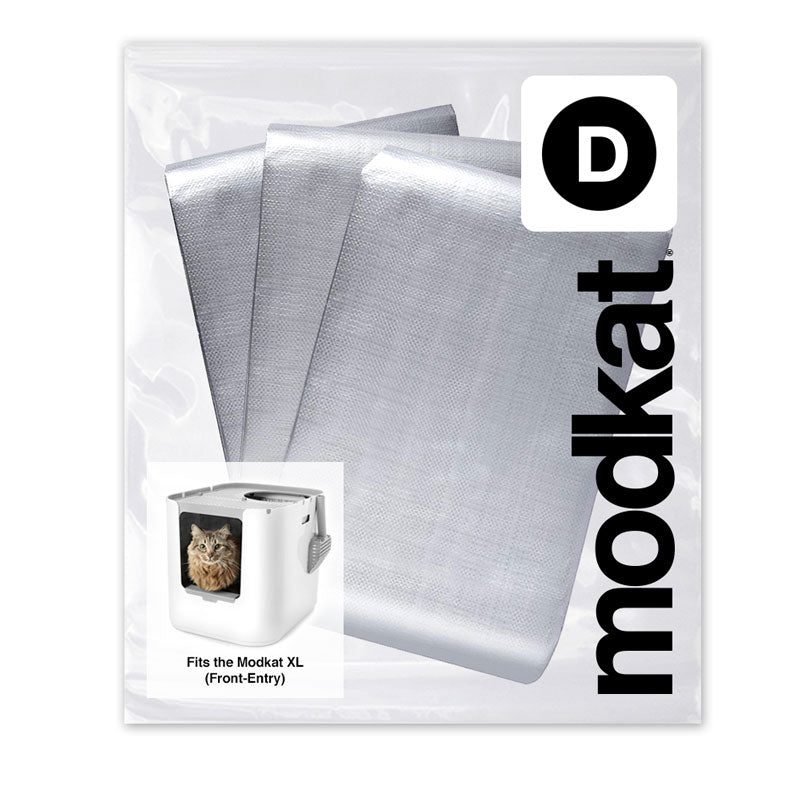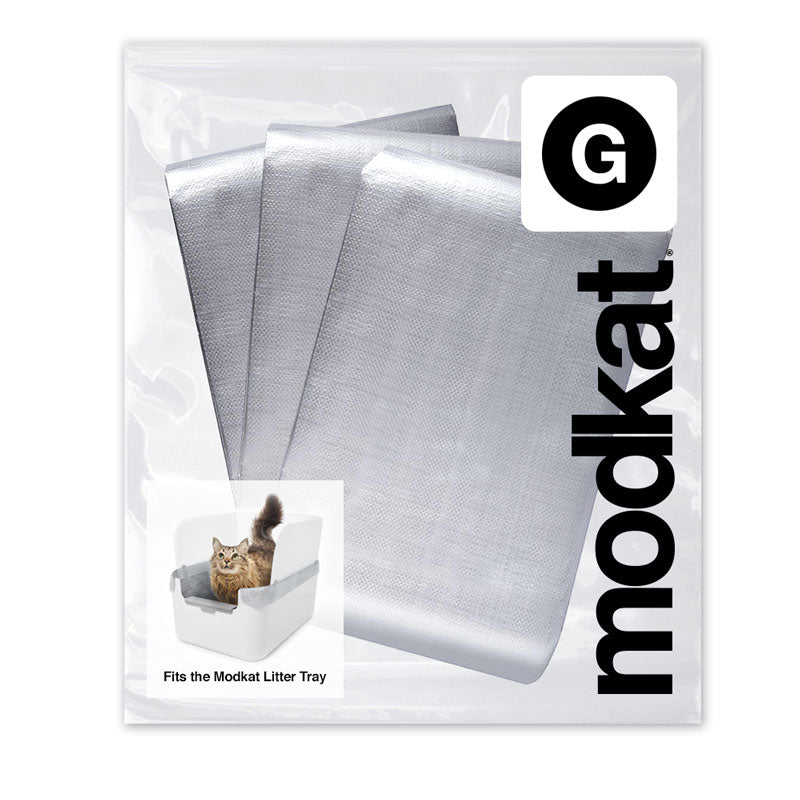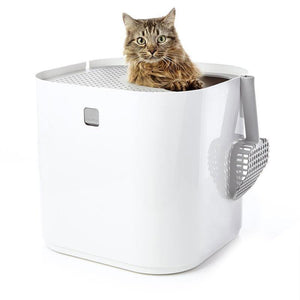Litter Boxes
Accessories
Liners
People foods your cat can eat.

Does your cat eye the food on your plate with more enthusiasm than she looks at the kibble in her bowl? Most of our feline friends would love to snap up a tasty morsel of human food.
As responsible pet owners, we want to know: What can cats eat? Is people food okay as a treat?
Let's take a look at the facts on feeding cats human fare.
Healthy cooked meats for cats.
Cats are carnivores. Plain and simple, our housecat's wild ancestors tracked, hunted, and feasted on rodents and other small wildlife.
To maintain a healthy, vibrant brain, heart, and reproductive system, modern cats require plenty of protein. In reasonable portion sizes, cooked turkey, chicken, or beef can give your cat the protein they need to thrive.
Meat also provides taurine, a type of amino acid that is essential for cats. The toughest cuts of meat — the legs, shanks, shoulders, and butt — contain the most taurine because these muscles work the hardest. Fortunately for a cat's parent, these also happen to be the most affordable cuts.
Liver and other organ meats can also be healthy options for cats, but make sure any meat you provide the animal is fresh. Spoiled food can sicken your pet.
The best whole grains for kitty.
If her ancestors evolved to survive on meat, why does kitty seem to enjoy munching on other foods cats can eat?
Cats are also omnivores. Their diet extends beyond animal products. In fact, many cats love whole grains such as oats, barley, rice, polenta, and millet. Whole wheat breadcrumbs are another of the human foods cats can eat.
The trick to serving your cat whole grains lies in the cooking. Like their human parents, cats don't want to look at a bowl of uncooked oatmeal. You should thoroughly cook and mash any whole grains before feeding them to your cat. Also, make sure not to season the rice or other grains.
On the health front, whole grains can help put a stop to diarrhea, but they generally shouldn't comprise more than 25% of a cat's diet. Too much of a good thing can cause constipation and other gastro-intestinal issues.
A question of cheese.
It's not just a treat for the mice! Perhaps surprisingly, cheese falls into the list of the people foods cats will eat — provided it's given in the strictest moderation.
Most cats will scarf down a bite of real cheese and beg for more, but it's important to be extremely cautious with this delicacy.
Cheese is full of protein and fat, which cats find immensely satisfying. (Don't we all?) But most cats are also lactose intolerant. So more than a nibble of cheese can result in painful gastrointestinal upset, diarrhea, and vomiting.
Ask your vet if it's okay to give a little taste of cheese now and then. In general, though, if you're going to share dinner with your cat, you should probably select a morsel of meat or fish instead of a wedge of gouda.
Fish recipes for your cat.
Fish is a favorite feline food.
Raw fish is not a good idea (so take the sushi off the table), but cats can eat cooked fish as a special treat. Fish contains plenty of good lean protein along with those omega 3 fats we hear touted in the press. Just like people, cats enjoy a myriad of health benefits from omega 3s, including sharper eyesight, less kidney disease, and healthier hearts.
It's important to note, however, that cats who eat too much fish can get thiamine deficiency. So save fish for a treat. You'll also want to avoid giving a cat fish with the bones still in. Stick to tuna, salmon, or sardines out of the can.
Finally, be aware that some cats are allergic to fish. If your pet shows signs of an allergy such as red and itchy skin, mention the fish to the vet.
Don't want your cat begging for human food?
Not every pet parent cares what human foods cats can eat. Some people would rather their cats learned not to beg instead.
Often if you ignore begging, it will eventually stop. You might try feeding your cat out of a puzzle bowl, too, which can keep them engaged while you enjoy a peaceful repast.
Now you know what people food cats can eat. More important, though, is making sure your cat stays healthy and happy. That means checking with your pet's cat-friendly vet or feline nutritionist before making any decision about your animal's diet.
And be sure to keep an eye out for cats who dig into the holiday feast. Try these healthy, happy alternatives for cats.
“It looks nicer than any other hooded or open option we considered.”

Purrr News.
Join our email list and get exclusive access to new products, the best cat litter box health articles, and 10% off your first order!
Similar products related to this blog:
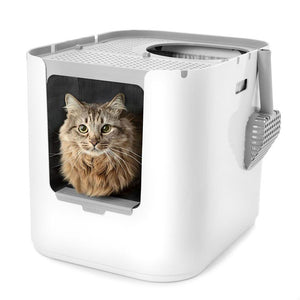
"It looks nicer than any other hooded or open option we considered."

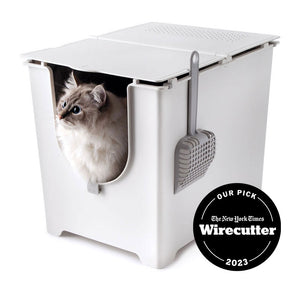
"This litter box keeps everything in, nothing gets out the sides."
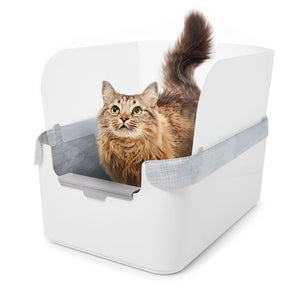
"My beautiful ragdoll cat and I both love the new Modkat Litter tray!"

